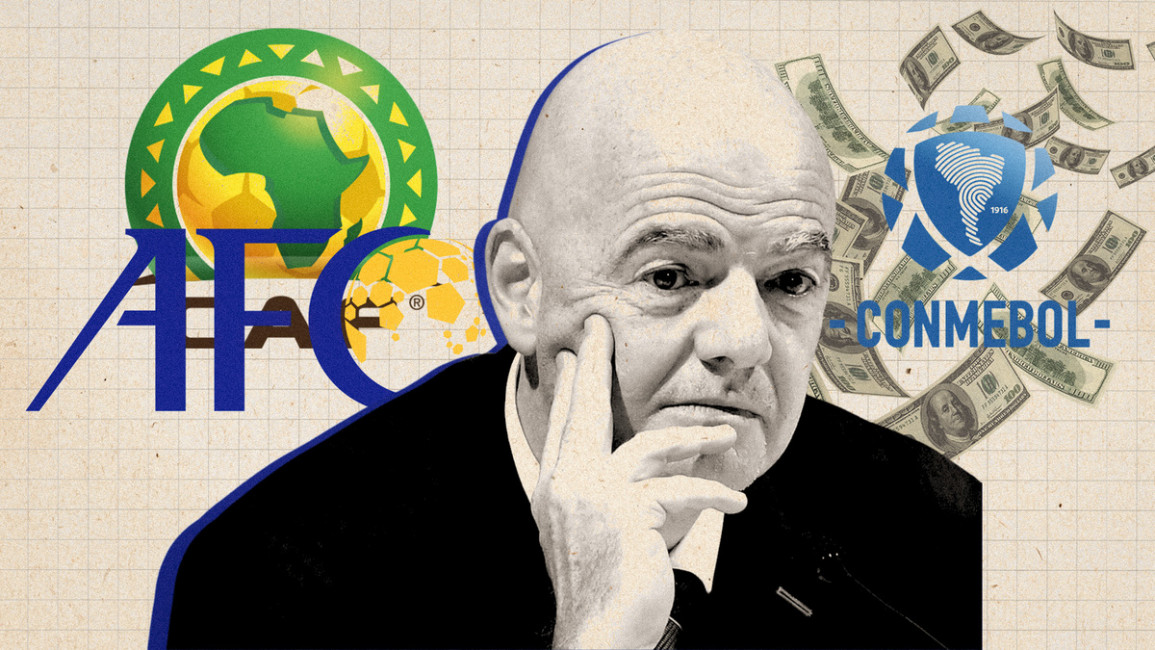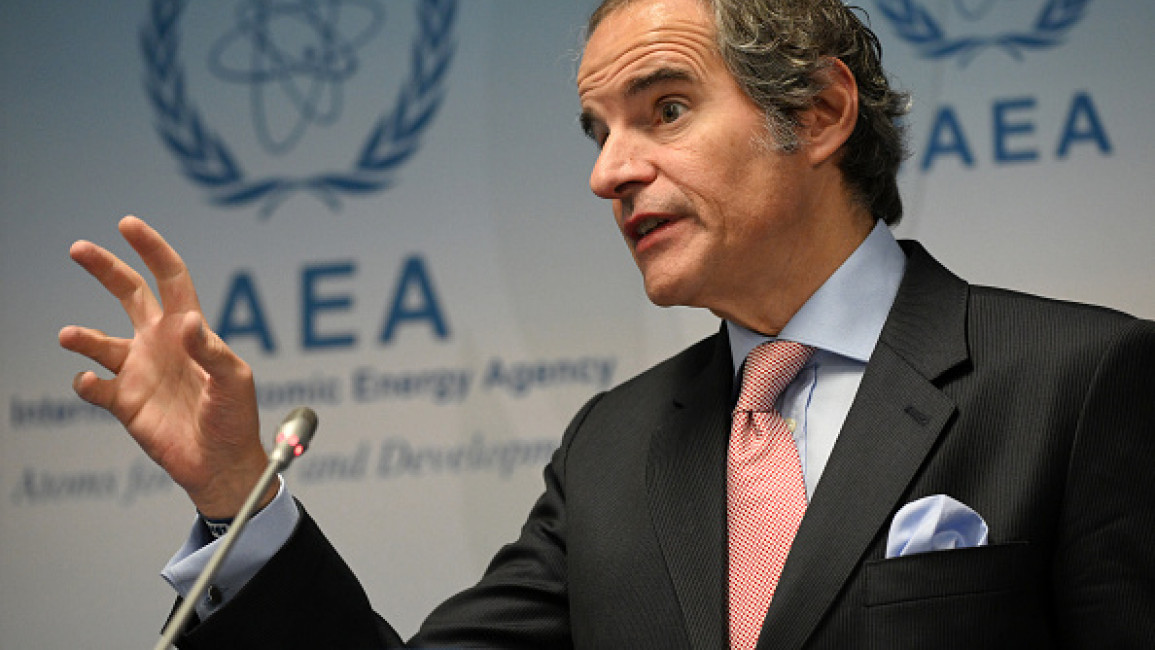Anthony Comstock, the 19th-century scourge of art and sex, is suddenly relevant again thanks to Donald Trump’s worst judge.
By Ian Millhiser Apr 12, 2023
/cdn.vox-cdn.com/uploads/chorus_image/image/72173487/1392208467.0.jpg)
The Comstock Act, an 1873 federal law signed by President Ulysses S. Grant, is a relic of an era when free speech, medical privacy, and other rights that modern-day Americans take for granted effectively did not exist.
Nearly every word of this law, which is named after the Gilded Age anti-sex crusader Anthony Comstock, is unconstitutional — at least under the understanding of the Constitution that prevailed for nearly all of the past 60 years. The Comstock Act purports to make it a crime to mail “every obscene, lewd, lascivious, indecent, filthy or vile article, matter, thing, device, or substance,” or to mail any “thing” for “any indecent or immoral purpose” — vague words that inspired a century of litigation just to determine what concepts like “obscenity” actually mean.
And now, this puritanical law is back in vogue with the anti-abortion right wing.
A Trump-appointed judge who recently attempted to ban mifepristone, a drug used in more than half of all abortions in the United States, wrote an opinion that repeatedly cites a provision of the Comstock Act that also purports to ban “every article or thing designed, adapted, or intended for producing abortion, or for any indecent or immoral use” from being mailed.
Anthony Comstock, who died in 1915, never held high government office. The only federal office he ever held was an appointment as a postal inspector — a law enforcement position that gave him the power to enforce the law that bears his name. Yet wielding this office and using the authority given to him in his primary job as secretary of the New York Society for the Suppression of Vice (NYSSV), Comstock became the scourge of artists, authors, birth control activists, abortion providers, and pornographers.
At the height of his power, in 1883, Comstock successfully brought charges against an art gallery owner who sold high-quality reproductions of famous nude paintings — including Alexandre Cabanel’s masterpiece The Birth of Venus. A court deemed the paintings to be criminally obscene, and the art was seized.
:no_upscale()/cdn.vox-cdn.com/uploads/chorus_asset/file/24577369/Alexandre_Cabanel___The_Birth_of_Venus___Google_Art_Project_2.jpg)
Worse, Comstock pursued providers of abortions and birth control with a religious zeal that bordered on homicidal. In 1878, after Comstock had Madame Restell, a well-known abortion provider, arrested for the crime of selling contraceptive pills, the 67-year-old Restell died by suicide. As law professor Geoffrey Stone wrote in his 2017 book Sex and the Constitution, “Comstock later boasted that Restell was the fifteenth target of his investigation to commit suicide.”
Not long after Comstock’s death, federal courts began to limit the scope of his law. And the law has largely lain dormant for half a century, suppressed by a pair of Supreme Court decisions handed down the same year: Miller v. California (1973), which drastically limits the government’s power to prosecute obscenity, and Roe v. Wade (1973), the now-defunct decision protecting abortion rights.
But the federal judiciary recently entered a new era. Roe is now gone. Former President Donald Trump remade the federal courts, and longstanding rights that millions of Americans took for granted are now on the chopping block.
Meanwhile, men like Matthew Kacsmaryk, the Trump judge behind the attack on mifepristone, is openly scheming to revive Anthony Comstock’s legacy.
An obscure shopkeeper became one of the most powerful censors in American history
Anthony Comstock saw the devil in everything.
In his 1883 book Traps for the Young, Comstock wrote that newspapers, magazines, novels, and even fine art were snares used by Satan “to capture our youth and secure the ruin of immortal souls.” To fight the devil, Comstock claimed, Christians must eradicate the very words that encourage lust and licentiousness. There is “no more active agent employed by Satan,” Comstock wrote, than “EVIL READING.”
Yet, as a young man just a few years out of a Civil War stint in the Union Army, Comstock seemed unlikely to someday turn his censorious vision into a reality. Working at a dry goods shop in postwar Manhattan, Comstock complained often to local authorities about nearby saloons and publishers of sexually explicit materials, and was frequently ignored. “Crime stalketh abroad by daylight,” he complained in his diary, “and Public officers wink at it.”
The turning point in Comstock’s life came after he wrote a letter to an official at the Young Men’s Christian Association (YMCA), complaining that he had pushed for criminal prosecutions against the smut peddlers he perceived around him but could not secure convictions.
At the time, the YMCA was known less for the network of affordable suburban gyms where many modern-day children play, and more for its efforts at vice suppression. Leaders of the Y in New York City successfully lobbied for state legislation banning obscene art and literature, and they needed an investigator to sniff out violations of this law and bring the violators to justice. Anthony Comstock was the man for this job.
It was this alliance with many of New York’s wealthiest and most prudish men that powered Comstock’s career as an anti-vice crusader. Working first under the auspices of the YMCA, and then later under the New York Society for the Suppression of Vice, Comstock led a multi-state effort to find sexual materials, destroy them, and arrest anyone responsible for distributing them.
As art historian Amy Werbel writes in Lust on Trial: Censorship and the Rise of American Obscenity in the Age of Anthony Comstock, in seven years of work for the YMCA, Comstock played a key role in “seizing and destroying 134,000 pounds of books, 194,000 ‘bad pictures and photographs,’ [...] and 60,300 ‘articles made of rubber for immoral purposes, and used by both sexes.’” His work also led to 106 arrests across the states of New York, Massachusetts, New Hampshire, and Connecticut.
Comstock’s most consequential accomplishment, however, was the federal legislation formally titled “A bill for the suppression of trade in, and circulation of, obscene literature and articles of immoral use” — the law now widely known as the Comstock Act.
The law that bears Comstock’s name was not drafted by Comstock himself. But it was Anthony Comstock who successfully lobbied Congress to pass the bill by setting up an exhibition of sexualized art and other material he acquired as the YMCA’s anti-vice detective in Vice President Schuyler Colfax’s room in the United States Capitol.
Two months later, the New York legislature incorporated the NYSSV, which would employ Comstock for the remainder of his life. The new organization’s official logo left little doubt about its purpose. It is bifurcated, with an image of a man being led off by a police officer on the one side, as another man burns a pile of books on the other
:no_upscale()/cdn.vox-cdn.com/uploads/chorus_asset/file/24577985/NewYorkSocietyForTheSuppressionOfVice.jpg)
Indeed, at the height of his authority, Comstock was simultaneously a federal postal inspector and the central figure in the NYSSV. And, while the NYSSV was technically a private organization, a state law required New York police to assist it in enforcing the state’s vice laws. So Comstock effectively had the power to enforce both federal and state law against individuals he wished to censor.
Laws like the Comstock Act are relics of an era when constitutional rights barely existed
On the day President Grant signed the Comstock Act into law, free speech rights, at least as we know them today, did not exist.
The Supreme Court held in Barron v. Baltimore (1833) that the Bill of Rights contains “no expression indicating an intention to apply them to the state governments” — thus giving states full authority to encroach on free speech. And Supreme Court decisions placing strict limits on the scope of anti-obscenity laws were not handed down until well into the 20th century. Similarly, the earliest Supreme Court decisions establishing a “right to privacy,” which shields Americans from encroachment on their family and sexual lives, were many decades away.
While Comstock was still alive and arresting booksellers and gallery owners, many American courts followed the “Hicklin test,” named after an English court’s decision in Regina v. Hicklin (1868), which gave the government broad discretion to prosecute materials it deemed to be obscene. The Supreme Court endorsed this Hicklin test in Rosen v. United States (1896).
Under Hicklin, art, literature, or similar materials may be banned if they tend to “to deprave and corrupt those whose minds are open to such immoral influences and into whose hands a publication of this sort may fall.” Hicklin, in other words, permitted the government to ban artistic nudes, erotic writing, and other allegedly obscene art so long as a court deemed that the youngest and most impressionable minds might be corrupted by it.
Yet, while Comstock benefited from sympathetic courts for much of his crusade against human sexuality, that sympathy rapidly began to fade after his death in 1915.
Much of modern-day constitutional law was developed in opposition to Comstockian censorship
Werbel argues in her book that “the sheer, massive volume of cases initiated by Comstock” dramatically accelerated the development of numerous areas of US law, including “separation of church and state, protection from unwanted search and seizure, the right to privacy, and freedom from entrapment,” by forcing lawyers to flesh out concepts of individual rights that were underdeveloped before Comstock started prosecuting publishers, artists, and health providers.
“Ironically and significantly,” Werbel claims, “Comstock can be credited almost single-handedly with instigating the foundations of a First Amendment Bar.”
Just days after Comstock died — and decades before Supreme Court decisions like Roe and Griswold v. Connecticut (1965) formally recognized a constitutional right to reproductive health care — the US Court of Appeals for the Seventh Circuit held that the Comstock Act must be given a “reasonable construction” to permit physicians to advertise that they will perform lifesaving abortions. Similarly, in a particular influential decision handed down a generation later, the Second Circuit concluded in United States v. One Package of Japanese Pessaries (1936) that the Comstock Act should only be read to ban items used for “unlawful” abortions from the mails.
Based on these and similar decisions, the Justice Department recently concluded that the Comstock Act, as construed by the courts, “does not prohibit the mailing of” common abortion drugs such as mifepristone “where the sender lacks the intent that the recipient will use them unlawfully.” So, at the very least, no one should be prosecuted under the Comstock Act for mailing an abortion medication to a recipient in a state where abortion is legal.
By the middle of the 20th century, the Supreme Court took a similar approach to the Comstock Act’s provisions prohibiting so-called obscenity — reading the law narrowly rather than striking it down in its entirety. A key turning point was Roth v. United States (1957), which abandoned the Hicklin test in favor of a new rule.
Rather than insisting that all art must be acceptable for the most impressionable minds, Roth held that supposedly obscene materials may only be banned if the “average person, applying contemporary community standards” would determine that “the dominant theme of the material, taken as a whole, appeals to prurient interest.” Under Roth, prosecutions under the Comstock Act or similar laws must overcome this much higher bar than the one announced in Hicklin.
The Court changed this rule somewhat in Miller v. California (1973), but Miller still looks to the views of the “average person, applying contemporary community standards” and not to the impact of a work on the most impressionable consumers. As Stone writes, this formula proved fatal to nearly all obscenity prosecutions.
“Shifting cultural values, and the advent of new technologies,” such as video tapes, DVDs, and the internet, “simply overwhelmed the capacity of the law to constrain sexual expression,” Stone says in Sex and the Constitution. And, “as the flood of sexual material outpaced the capacity of prosecutors to respond, community standards soon became more tolerant of what would once have been regarded as ‘patently offensive’ depictions of sex.”
Yet, while modern constitutional doctrines protect against the kind of censorship and criminalization of sexuality that fueled Anthony Comstock’s career, it’s important to recognize that many of these doctrines are fairly recent. They did not exist in our great-grandparents’ era, and they could easily be swept away again by more puritanical judges.
Judges like Matthew Kacsmaryk. Or, potentially, like the five Supreme Court justices who voted to overrule Roe v. Wade.
So what’s going to happen to the Comstock Act now?
Matthew Kacsmaryk, the Trump judge behind the attack on mifepristone, shares Comstock’s obsession with other people’s sexuality
Kacsmaryk has claimed that being transgender is a “mental disorder,” and that gay people are “disordered.” In a 2015 article, he denounced a so-called “Sexual Revolution,” which “sought public affirmation of the lie that the human person is an autonomous blob of Silly Putty unconstrained by nature or biology, and that marriage, sexuality, gender identity, and even the unborn child must yield to the erotic desires of liberated adults.”
In addition to his decision seeking to ban a common abortion medication, Kacsmaryk has handed down decisions attacking the right to contraception, and attempting to neutralize a federal ban on LGBTQ discrimination by health providers.
Kacsmaryk’s opinion in Alliance for Hippocratic Medicine v. FDA, the mifepristone case, partially rests on the proposition that, now that Roe has been overruled, the Comstock Act’s ban on mailing abortion medications has roared back into full effect. He rejects the limited reading of the act announced in decisions like One Package, claiming that “the plain text of the Comstock Act controls.”
It’s a bracing conclusion. But it’s also one of the few arguments in Kacsmaryk’s poorly reasoned legal opinion that cannot be simply laughed off as ridiculous.
To be clear, the Comstock Act does not permit Kacsmaryk to ban mifepristone, no matter what he might claim in his embarrassment of a legal opinion. Kacsmaryk does not even have jurisdiction over the Hippocratic Medicine case, and the case was filed outside of the six-year statute of limitations for challenging the Food and Drug Administration’s decision to approve a drug. Federal law also requires the Hippocratic Medicine plaintiffs to raise any claim that the Comstock Act prevents the FDA from approving mifepristone to the FDA itself before they can file a federal lawsuit making this claim. And they have not done so.
And, even if these procedural barriers did not forbid Kacsmaryk from ruling on this case, the Comstock Act’s text does not ban abortion drugs outright. At most, it prevents them from being mailed or from being transported by an “express company” such as FedEx or UPS.
Still, the fact remains that the text of the Comstock Act can be read quite expansively. If a Republican presidential administration wanted to prosecute a pharmacist for mailing mifepristone to a patient or to an abortion clinic, there are plausible legal arguments that such a prosecution is allowed.
The legal questions that will arise if the federal government attempts to bring a prosecution under the Comstock Act may be completely unprecedented. This is a law from another era, when individual rights meant very little, whose abortion provisions have largely laid dormant for decades because Roe v. Wade prohibited it from being enforced against anyone who ships an abortion medication.
It is also a law that is so expansive, and so contrary even to the values that were ascendant in the 1920s and 1930s, that courts for many decades were reluctant to enforce it.
But the Supreme Court has never explicitly declared that its censorious provisions are unconstitutional — it merely applied a narrow definition of “obscenity” to them. And the Supreme Court itself has never embraced the limited reading of the statute announced in decisions like One Package.
So we can’t dismiss the risk that the Comstock Act will once again be embraced by judges who do not understand that Anthony Comstock is a villain.
/cdn.vox-cdn.com/uploads/chorus_image/image/72178328/1251791995.0.jpg)
:no_upscale()/cdn.vox-cdn.com/uploads/chorus_asset/file/24584197/IMG_6565.jpg)








